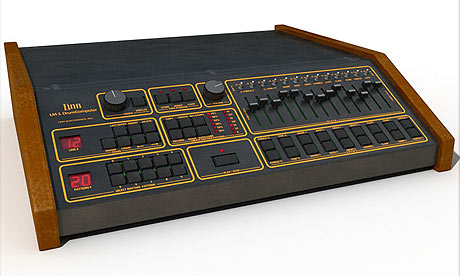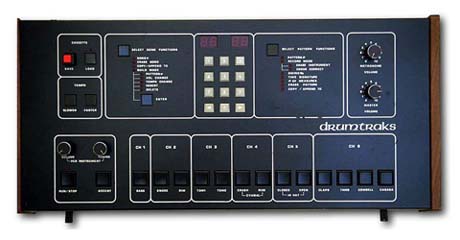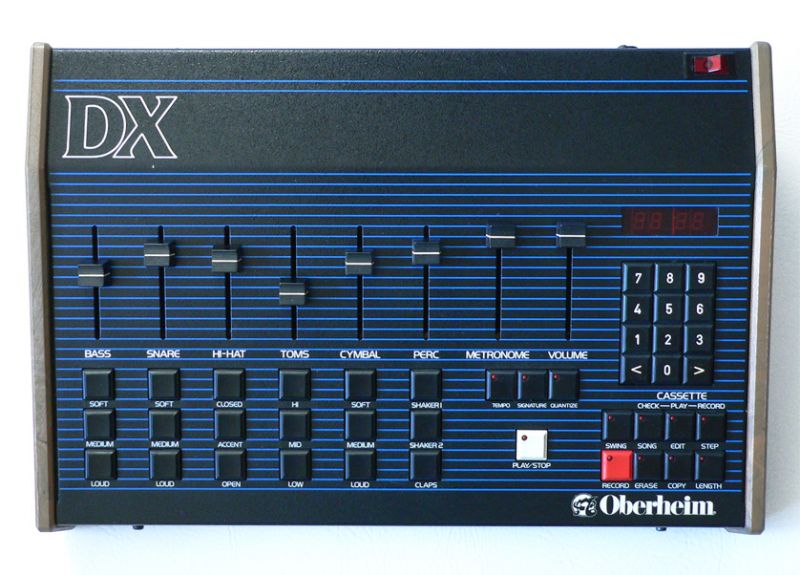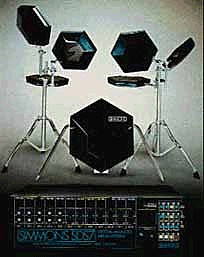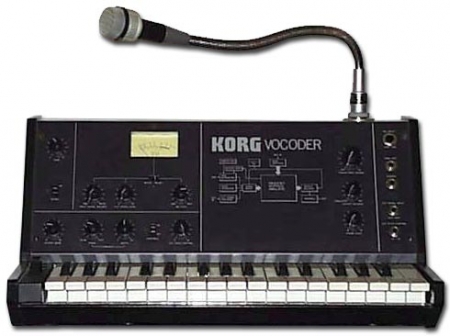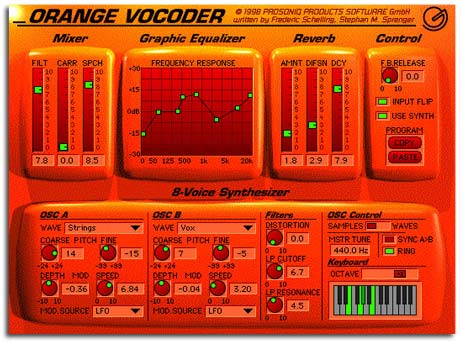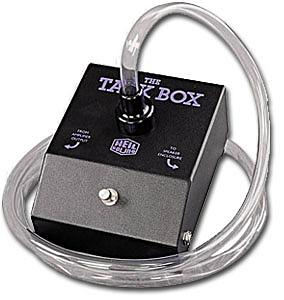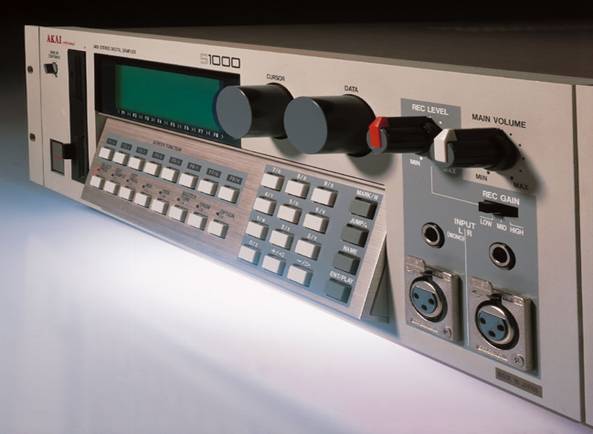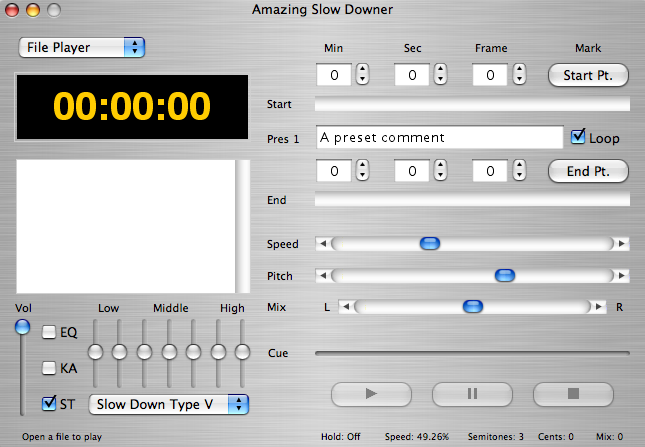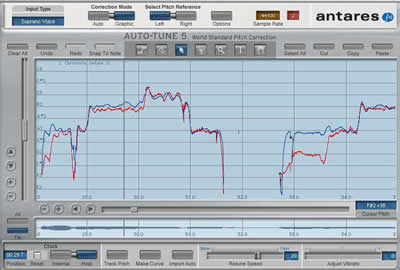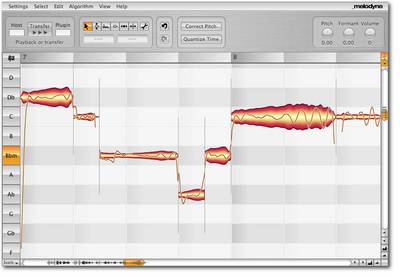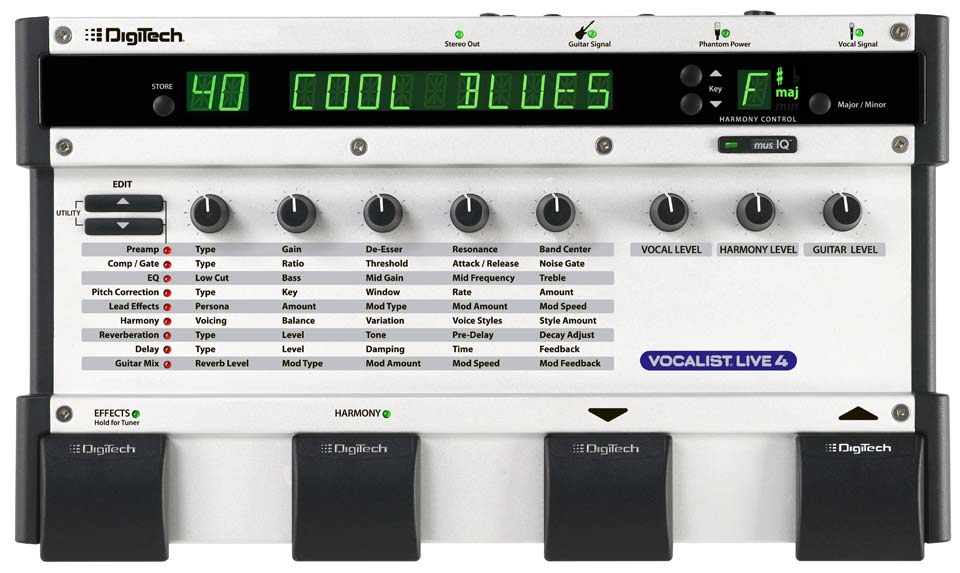Posts Tagged Can You Forgive Her
The Fate Of The 808
Posted by Gavin Bradley in Production, Remixing on August 3, 2010
The machine has been co-opted countless times to lend street cred to artist branding: early 90s UK techno act christened themselves 808 State; Kanye West dropped it in the title of his disc 808s & Heartbreak. And it’s regularly referred to by name in tracks like–wait for it–’808′ by Blaque. By now, the machine is more famous than some of the artists that use it. When Blaque sings ’cause I’ll be going boom like an 808,’ or Will.I.Am chants ‘we got the beat, that 808′ on the Black Eyed Peas’ ‘Boom Boom Pow’, we know they’re talking about the SUV-shaking kick of the world’s most celebrated drum machine, the Roland TR-808.
Legend has it that, in 1981, fledgling New York producer Arthur Baker travelled out to Jersey to buy a used 808. Roland had been manufacturing the unit for a couple of years, but like many new boxes, years can pass before someone stumbles upon a way to bring the art out of the technology. Baker brought the machine home and, reportedly, not knowing how to program it yet, he used a beat left in its memory by the previous owner as the basis of seminal rap track ‘Planet Rock’ by Afrika Bambaataa & Soulsonic Force, thus lifting the 808 from a potential fate of being a cheap novelty item stacked on pawn shop shelves for eternity. And that is how the disillusioned previous owner of that 808 turned out to be the nameless, faceless originator of that foundational ‘freestyle’ rap beat.
As the 80s progressed simple 808 beats began appearing on R&B jams by monster artists. After a short lull the machine had a strong resurgence in the early 90s, newly realized, in the stuttering double-time swing of ‘miami bass’ and ‘booty’ tracks. Post- millennium, its status as a classic has regularly been reinforced with new rap trends like Plies’ Southern post-booty beats and most recently in the sparse, ultra-high impact production sound of Kanye West and Drake.
Here are the basic, untweaked sounds of an 808.
The low, long tone of the kick drum is what most people recognize first. The clap, snare and cymbal sounds have come to feel like the sleek natural compliment to that low end, and the ‘cowbell’ sound, which bears little sonic resemblance to a cowbell at all, is really some kind of synthesized fifth chord.
Some 808 beats over the last 3 decades: the original freestyle beat of ‘Planet Rock’ by Afrika Bambaataa and Soulsonic Force (1982); straight ahead R&B jams ‘Sexual Healing’ by Marvin Gaye (1982) and ‘Who’s Zoomin’ Who’ by Aretha Franklin (1985); the syncopated miami bass beat on Inoj’s cover of Cyndi Lauper’s ‘Time After Time’ (1998) which incorporates a snare sample from another machine; Southern rapper Plies’ ‘Plenty Money’ (2008); the sparse 808 kick intro ‘Heartless’ by Kanye West (2008); ‘Successful’ by Drake ft. Trey Songz (2009).
In the early 80s Roland made a complete line of something-oh-something units. The 303 was a bass sequencer, initially relegated to the accompaniment of one-man polka bands and the like until it found a perfect home within the rhythms of late-80s acid house and mid-90s techno.
The 909 drum machine also sat, semi-used, until disco re-emerged…re-branded as ‘house’ in the late 80s: the 909 is to House as the 808 is to R&B and Hip Hop. The machine’s solid, pointed kick drum, crisp high hats and full-bodied clap, used together, ushered in the meditative swing of house music. In particular, rolling the 909’s snare in a multitude of syncopated patterns became the thing to do.
The 909 in action: pre-house snare rolls and echoey clap patterns on ‘Pump Up The Volume’ by M.A.R.R.S. (1987); syncopated snare on ‘E.S.P.’ by Deee-Lite (1990); Shep Pettibone’s snare-happy house mixes of ‘Escapade’ by Janet Jackson, ‘Express Yourself’ and ‘Vogue’ by Madonna (1989-90); MK’s 909-heavy remixes of ‘Movin’ On Up’ by M People, ‘Can You Forgive Her’ by the Pet Shop Boys and ‘Heart Of Glass’ by Blondie (1993-95); and a 909-only beat on the Musk Men bootleg of ‘I Never Thought I’d See The Day’ by Sade (1995).
There are a few other early drum machines worth noting for the impact they had on music as we know it.
Roger Linn created the Linn LM-1 in 1980, and it quickly became the go-to machine for pop production in the U.S. and U.K.
The LinnDrum and Linn 9000 models followed, adding a few more sounds to the initial palette.
Countless instantly recognizable beats were programmed on these machines including ‘The Look Of Love’ by ABC, ‘Don’t You Want Me’ by the Human League, ‘Love Is A Battlefield’ by Pat Benatar, ‘Shock The Monkey’ by Peter Gabriel, ‘Dress You Up’ by Madonna, ‘Wanna Be Starting Something’ by Michael Jackson, ‘Mama’ by Genesis and ‘Everything She Wants’ by Wham.
A friend used to joke that Jimmy Jam and Terry Lewis must have had a climate-controlled room with a sleek black box the size of a tank to produce sounds as big and clunky as they used on Janet Jackson’s ‘Control’ and ‘Rhythm Nation’ albums. Evidently, however, the production team often used Linn machines drenched in gated reverb for Jackson’s signature sound.
Prince crafted virtually everything he produced in the 80s with these machines as well as two others, defining a funk sound we all know.
The raw sounds on Sequential Circuits’ Drumtraks sounded like this:
Oberheim’s OB-DX sounded like this:
With a little manipulation (re-pitching the sounds and adding various effects to them) he was able to create a fresh basis for each new song while defining his production sound. In particular, he seemed to use the Drumtraks clap a different way on virtually every track.
Some samples of Prince’s production from ‘Nasty Girl’ by Vanity 6, through a range of his solo work over the decade including ‘Let’s Pretend We’re Married,’ ‘Little Red Corvette,’ ‘Let’s Go Crazy,’ When Doves Cry,’ ‘The Beautiful Ones,’ ‘Raspberry Beret’ and ‘Kiss’:
No tour through notable 80s drum machines would be complete without mentioning Simmons drums. These were actual physical drum kits produced in varying incarnations between 1980 and 1990 with hexagonal electronic pads that triggered a synthesizer box.
Some individual sounds.
The instantly recognizable white noise fakeness shows up sporadically on all kinds of prog rock, new wave and funk. Some examples are the intro to ‘Somebody Told Me’ by the Eurythmics, the whole drum groove of ‘She Blinded Me With Science’ by Thomas Dolby, the accents in the break of ‘Mr. Roboto’ by Styx, and the snare on ‘Word Up’ by Cameo.


